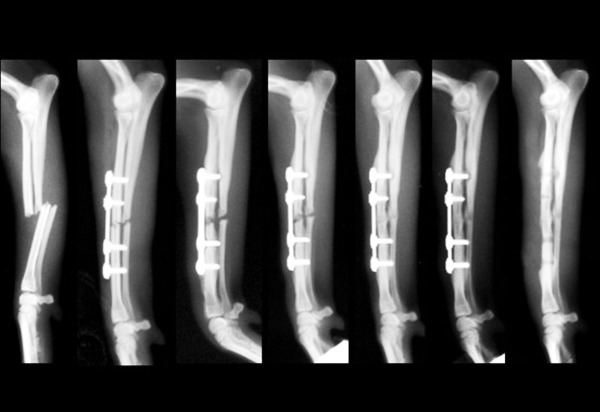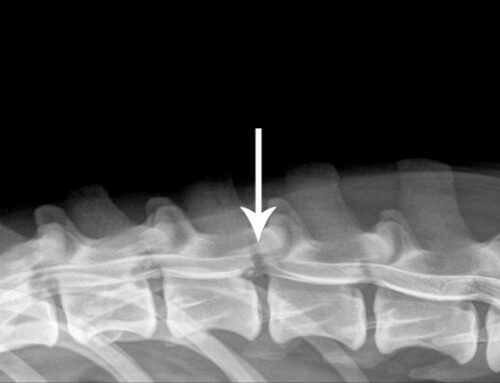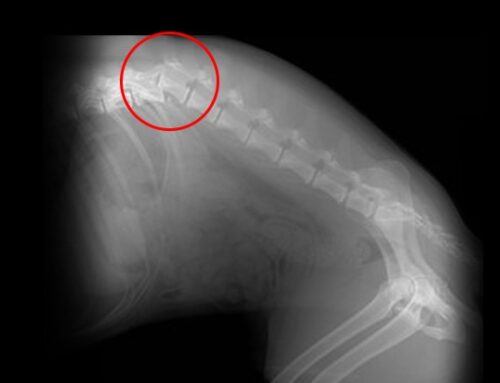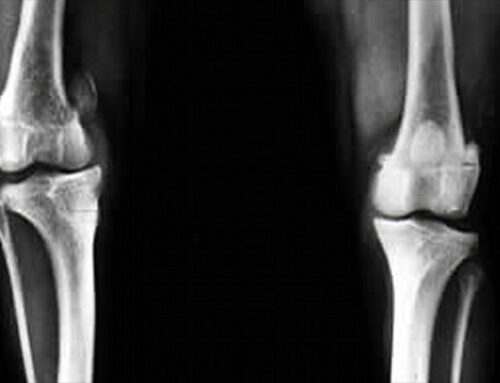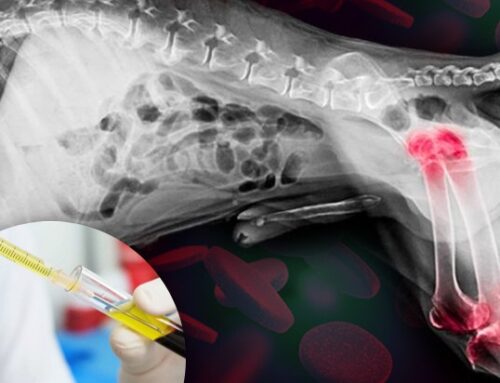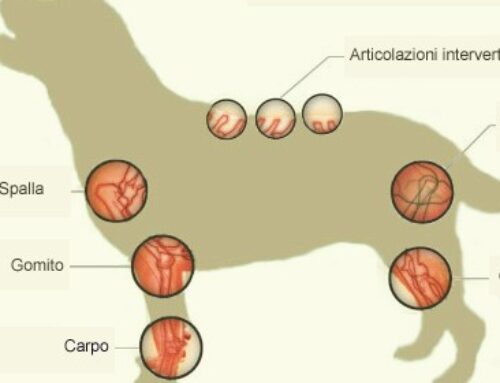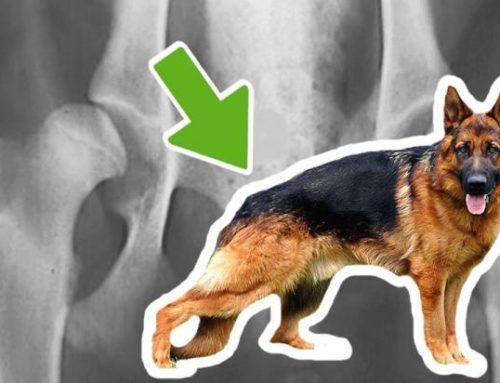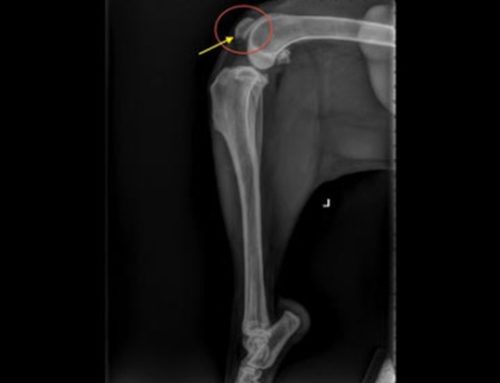Fractures in dogs and cats means that a bone is broken.
It is usually paired with intense pain, swelling of the affected area, inability to move and sometimes limb deformation.
How to classify the fractures in dogs and cats?
First, we need to distinguish between compound fractures and comminuted fractures.
Compound fracture means that the two bones stay in their original place.
In comminuted fractures, the bones lose their alignment and are dislocated from their original position.
Moreover, if the fractures rip the skin, we have a case of open fracture
Open fractures are much more at risk, since they being out in the open, the wound could be home to infections that could develop in systemic risks like septicaemia.
Bone fractures in dogs and cats are also divided by the type of the bone
Fractures can vary in: diaphyseal, epiphyseal, metaphyseal and greenstick fracture.
– Diaphyseal: It affects the central part of the bone.
– Epiphyseal: Regarding the curving part of the bones like the femur.
– Metaphyseal: Standing in between the diaphyseal and the epiphyseal area, it’s made by cartilage and bone tissue.
– Greenstick: It affects young bones, still elastic enough to bend without fully breaking. It’s usually used in reference to paediatric fractures.
Diagnosis and evaluation of the fractures
in dogs and cats
X-rays are the most important and usually the only needed exam to understand the nature of a fracture. Radiography exams are done via orthogonal projections sideways, on the back and on the belly.
Some cases may require the usage of MRI.
What treatment for fractures in dogs and cats?
The choice of the right treatment for every single fracture is crucial and it usually involves a conservative or a surgical option
Conservative
Conservative treatment involves various bandages and it’s usually better for very young patients, around 6 months old, with simple fractures that don’t engage with joint surfaces.
Cats and dogs that went through the process must rest and the owner will be responsible for the care of the wound and the cleaning of the bandages.
Un-kept bandages can lead to various problems, from sores to the loss of the limb.
Surgical
In most cases, the surgical option is the best. It allows for an alignment and a stabilization in the shortest period of time possible.
With the right fixation method, most of the dogs and cats make a full recovery and a full return to their original life.
What are the fixation methods?
External fixation: It needs plain nails that, through the skin, enter the bone and connects them by the use of clamps
This kind of of fixation can be used on everyone, but it is mostly effective to stabilize limbs with severe damage to its’ tissue.
Internal fixation: Systems are implemented, touching or directly into the bones, that will remain into the tissue of the surgical area.
Post-operation
After the operations, most patients tend to use the limb very early and can start walking at a normal pace after a couple of days.
Based on the kind of operation and fracture, the healing period may vary from 8 to 12 weeks, during which the pet must rest.
In most cases, keeping them at home without doing too much physical exercise will be enough, as long as you keep the whole process in check by keeping your doctor informed of every and all changes.
